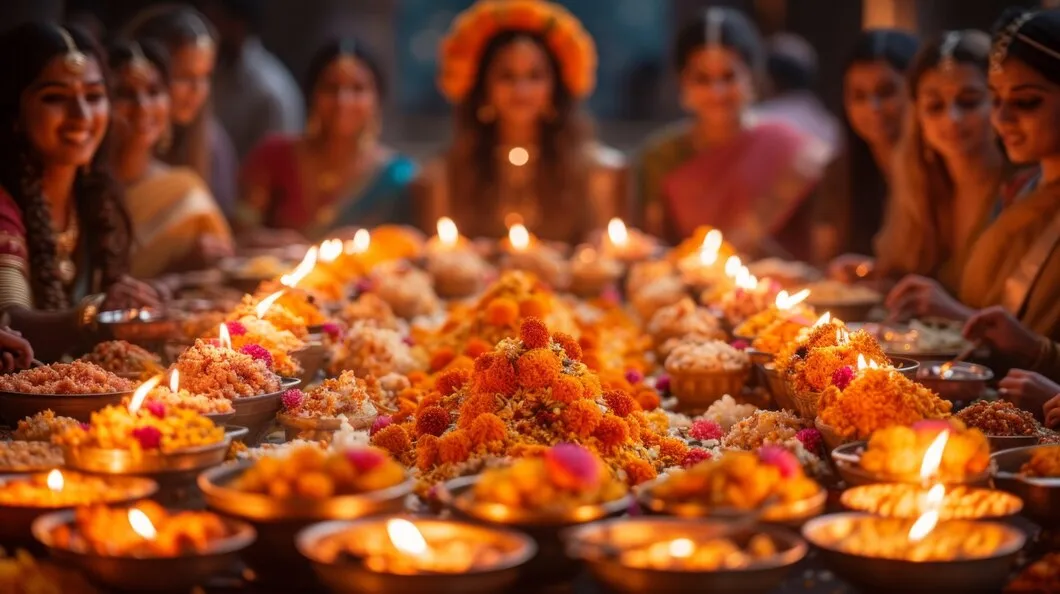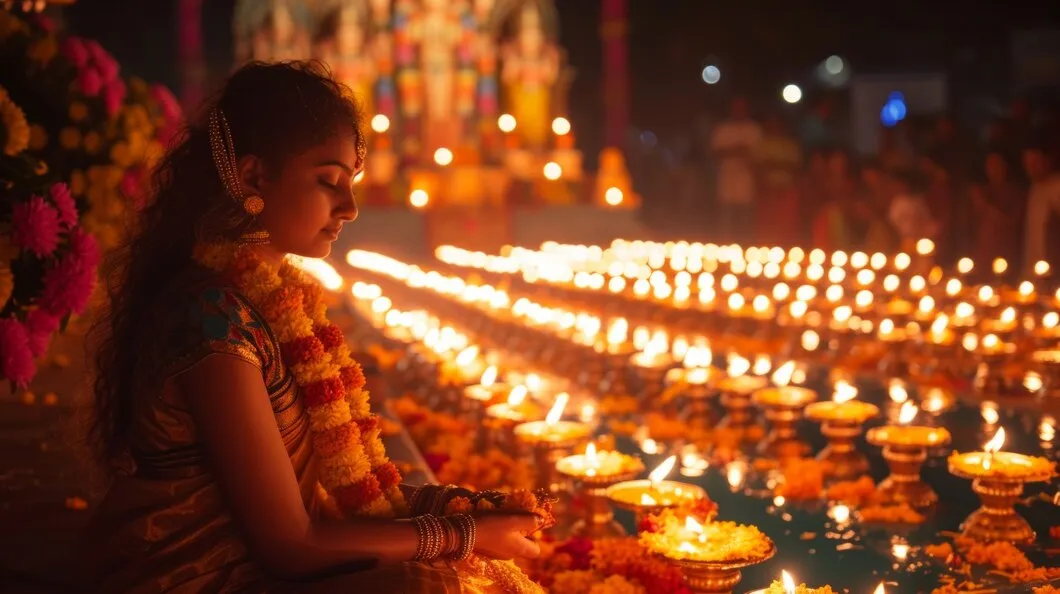The Festivals of Nepal: Dashain, Tihar, and Beyond
Nepal's vibrant festivals, Dashain and Tihar, showcase cultural unity, religious fervor, and rich traditions with unique rituals and celebrations.
Nepal is a land of vibrant cultures, rich traditions, and colorful festivals that reflect the deep-rooted heritage of its people. Among the numerous festivals celebrated in Nepal, Dashain and Tihar are the most significant, drawing millions of people together in joyous celebration. These festivals not only showcase the religious fervor but also embody the social harmony and cultural unity of the Nepali people. Let's delve into the details of these festivals and explore the unique customs and rituals associated with them.
Dashain: The Festival of Victory
Dashain, also known as Vijaya Dashami, is the longest and most auspicious festival in the Nepalese annual calendar, celebrated for fifteen days by Hindus all over Nepal. It marks the victory of good over evil, symbolized by the goddess Durga's triumph over the demon Mahishasura.

Key Rituals and Traditions:
- Ghatasthapana: The first day of Dashain, where a sacred jar filled with holy water is installed, and barley seeds are sown in sand. This symbolizes the beginning of the festival.
- Fulpati: On the seventh day, a procession of sacred plants and flowers is brought to the Dashain Ghar, where offerings are made.
- Maha Ashtami: The eighth day is dedicated to the worship of Goddess Durga, with animal sacrifices made in her honor.
- Maha Navami: The ninth day involves the worship of machinery and weapons, symbolizing the goddess's victory.
- Vijaya Dashami: The tenth day marks the climax, where elders place tika (a mixture of yogurt, rice, and vermilion) and jamara (barley sprouts) on the foreheads of younger family members, offering blessings and gifts.
Cultural Significance:
Dashain is a time for family reunions, as people travel from far and wide to celebrate together. Homes are cleaned and decorated, new clothes are bought, and feasts are prepared. Kite flying, swinging on bamboo swings, and playing traditional games are common activities during Dashain.
Tihar: The Festival of Lights
Tihar, also known as Deepawali, is a five-day festival that follows Dashain and is dedicated to the worship of different animals and the goddess of wealth, Laxmi. It is also known as the festival of lights because of the rows of lamps that illuminate homes and streets.

Key Rituals and Traditions:
- Kag Tihar: The first day is dedicated to crows, considered messengers of death. People offer food to crows to ward off bad news.
- Kukur Tihar: The second day honors dogs, acknowledging their loyalty and service. Dogs are adorned with garlands, tika, and offered special meals.
- Gai Tihar and Laxmi Puja: The third day is for cows and the goddess Laxmi. Houses are cleaned and decorated with oil lamps, flowers, and rangoli (colored patterns). In the evening, Laxmi is worshipped for wealth and prosperity.
- Gobardhan Puja and Mha Puja: The fourth day is dedicated to oxen and the self. In the Newar community, Mha Puja is performed for cleansing and purifying the soul.
- Bhai Tika: The final day celebrates the bond between brothers and sisters. Sisters apply tika to their brothers' foreheads, wishing them long life and prosperity, while brothers give gifts in return.
Cultural Significance:
Tihar highlights the harmonious relationship between humans and animals. The festival also emphasizes the importance of light in dispelling darkness, both literally and metaphorically. Houses adorned with oil lamps, candles, and electric lights create a mesmerizing view, symbolizing the triumph of light over darkness.
Beyond Dashain and Tihar
While Dashain and Tihar are the most widely celebrated festivals, Nepal is home to a plethora of other vibrant festivals that reflect its diverse culture and heritage.
1. Holi:
Known as the festival of colors, Holi is celebrated with great enthusiasm. People smear each other with colored powders and water, symbolizing the arrival of spring and the victory of good over evil.
2. Teej:
Teej is a significant festival for Nepali women, dedicated to the goddess Parvati and her union with Lord Shiva. Women fast, dress in red, and perform traditional dances and songs.
3. Buddha Jayanti:
Celebrated to commemorate the birth, enlightenment, and death of Lord Buddha, Buddha Jayanti is an important festival for Buddhists. Pilgrims visit Lumbini, the birthplace of Buddha, and other monasteries to offer prayers and light lamps.
4. Indra Jatra:
This is a major festival in Kathmandu, dedicated to the god Indra. The celebration includes masked dances, traditional music, and the display of the living goddess Kumari.
5. Maghe Sankranti:
Celebrated in January, Maghe Sankranti marks the transition of the sun into the zodiac sign of Capricorn. People take holy baths, offer sesame seeds and molasses, and enjoy traditional feasts.
Are you ready to immerse yourself in the vibrant culture and traditions of Nepal? Plan your trip with Hi Tours and experience the magic of Dashain, Tihar, and other captivating festivals. Our tailored itineraries ensure you don't miss out on the unique rituals, joyous celebrations, and rich heritage of this enchanting country. Contact Hi Tours today to start your unforgettable journey into the heart of Nepal's festive spirit!







